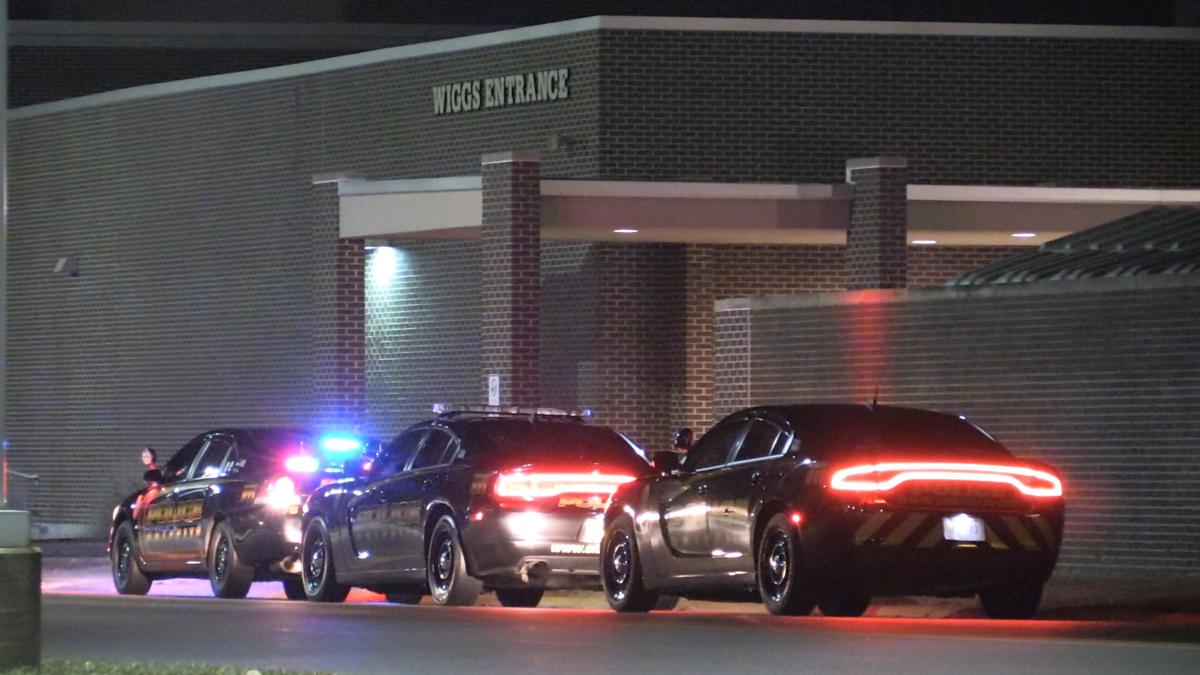We all reach moments in life in which cooling-off periods are needed.
It's one of the tenets of growth for children learning self-control.
But the idea of a cooling-off period should be to create some distance until level heads work together to reach reasoned solutions.
Griffith and Hammond high school sports programs deciding to no longer compete against each other because of fights, arguments and sportsmanship issues at games isn't a reasoned approach befitting life lessons for student athletes.
Cooler heads of the two athletic programs should be working together to reach those reasoned solutions.
The recent decision for the two schools to sever competitive ties was spurred by the antithesis of "cooler heads."
In December, Hammond's freshman boys basketball team was playing Griffith when a fight occurred in the stands that spilled onto the court with 6.3 seconds left in the game.
A Hammond High School coach, Robert Pogue, 29, was charged with disorderly conduct, a misdemeanor, following a conflict with a fan.
Regardless of who is at fault, the melee was an unacceptable occurrence tainting an event that, above all else, was intended to foster competitive sportsmanship among the youth on both sides of the ball.
Other sportsmanship issues between the teams stem from a highly publicized fight that broke out during a 2015 varsity basketball team between the Griffith and Hammond programs.
A video of the bench-clearing brawl went viral on social media and was the subject of national news programs.
But since then, the youth players, at least, appear to have made strides in the right direction.
Last school year, Griffith had one of the best IHSAA scorecards for high sportsmanship, something measured by the state association.
So it's a travesty that the recent fight, which began in the stands, should necessitate a severing of competitive ties between the schools.
It's understandable that in the short term, both teams could use some separation.
A way forward for both teams could be better security at the games, with unruly fans being tossed from the premises and better training for players and coaches to refrain from engaging in verbal or physical arguments.
But the long-term answer to differences between two key Region programs shouldn't be an imaginary wall instead of working toward the desired fellowship found on the fields and courts of play.
That sends the wrong message to our youth regarding the importance of conflict resolution.
